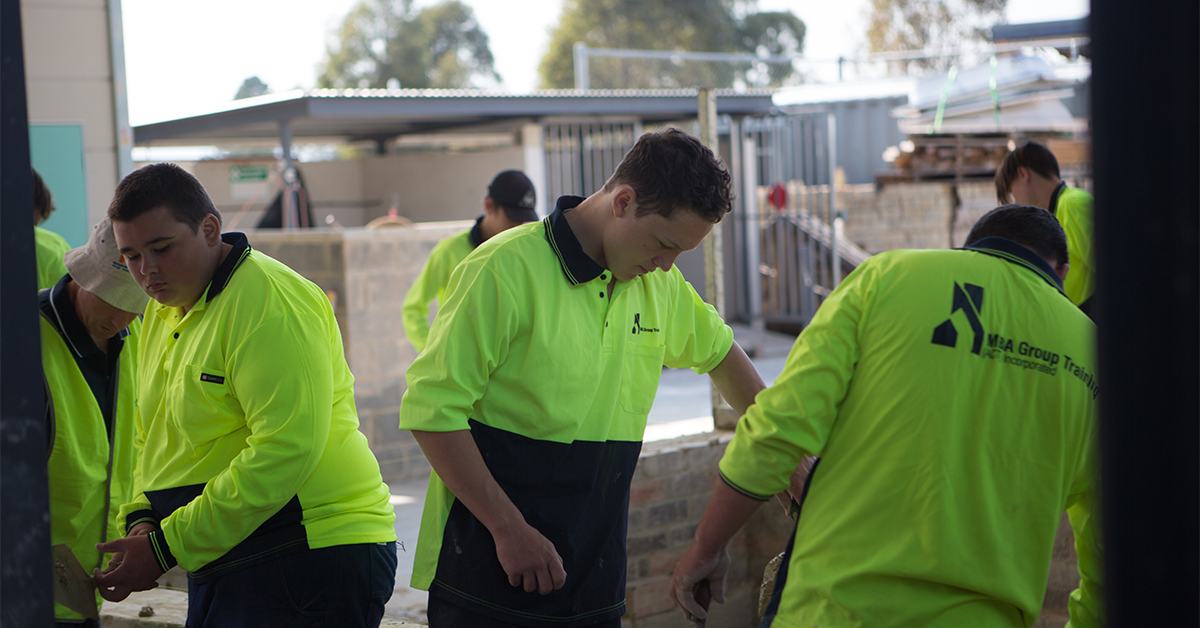- No products in the cart.

Latest apprenticeship and trainee data from the National Centre for Vocational Education Research (NCVER) reaffirms building and construction industry concerns that we are facing a critical labour shortage in the midst of a housing crisis said Master Builders Australia CEO Denita Wawn.
“Over the year to September 2023, a total of 42,333 new apprentices started in the building and construction industry. This represents an appalling 25 per cent reduction on the previous 12-month period.
“The number of apprentices in training in building and construction has decreased since September 2022, when there were 124,120 apprentices in training, to 120,881 in September 2023 (-3 per cent).
“Over the year to September 2023, a total of 21,814 construction apprentices completed their training. This represents a sharp reduction (-7.9 per cent) on a year earlier.
“We need more apprentices starting and completing their training in trades,” Ms Wawn said.
Despite this reduction, building and construction remains by far the largest employer of apprentices of any industry.
“Latest figures show that 120,881 building and construction apprentices were in training at the end of September 2023 – representing 33 per cent of all Australian apprentices.
Ms Wawn added: “VET is central to skills and knowledge development in the building and construction industry.
“More than 600,000 of the 1.3 million workers in building and construction have a VET qualification.
“Construction is the backbone of the Australian economy, employing approximately 1.3 million people, providing infrastructure, commercial and community buildings, and homes for the growing population.
“But the building and construction industry workforce is ageing and has a typical exit rate of 8 per cent a year. Master Builders estimates we need half a million new entrants over the next three years.
“We are not doing enough to plug this gap. There are not enough new entrants to the industry to meet building and construction targets, including 1.2 million new dwellings under the Housing Accord, or the transition to net zero by 2050.
“Vocational education and training has been seen as the second-class citizen to universities for far too long.
“Master Builders has long advocated for the bias that leads people away from the VET system to be dissolved.
“We need to change people’s perceptions of working and needing a vocational education to look at trades as a pathway into a vibrant, well-paid and very large industry.
“Making VET more attractive plays a crucial role in strengthening our domestic workforce capabilities.
“The recently released report on the inquiry into VET perceptions has rightfully made recommendations to putting VET and higher education on equal footing, investing significantly in careers education from an early age, supporting careers advisers to help young people make informed choices, promoting pathways to VET-based careers for women and delivering national campaigns to promote VET pathways.
“We know what needs to be done, and federal, state and territory governments have an enormous task of unwinding decades of neglect, so it’s time for rubber to hit the road.
“Addressing the immediate labour shortage requires a multifaceted approach. While efforts to strengthen domestic apprenticeships are vital, it’s evident that domestic sources alone cannot fill the workforce gaps in the short term.
“Skilled migration and better utilising the skilled migrants already in the country but who are not currently working in the industry are vital pieces of the puzzle,” Ms Wawn said.
Earlier this week, Master Builders Australia released its Finding Australia’s missing tradies: Harnessing our skilled migrant workforce supplementary Budget submission to help migrants already in Australia better navigate complex and unnecessary barriers to work in the industry.
“When seeking to attract more skilled trades into Australia, it is important to look to migrants who are already in the country,” Ms Wawn said.
“This is an underutilised cohort of potential workers who could fill workforce gaps in the short term.
“There are a number of skilled migrants already in Australia who are working in roles below or unrelated to their qualifications or work experience in their home country.
“Some are waiting on skills assessments or qualifications recognition, which, according to the Parkinson Migration Review, could cost nearly $10,000 and take up to 18 months.
“For many, it is simply too hard to have their professional capacity recognised to work in a trade in Australia, and they are instead in roles that present fewer hurdles to obtain.”
Media contact: Dee Zegarac, National Director, Media & Public Affairs
0400 493 071 | dee.zegarac@masterbuilders.com.au

